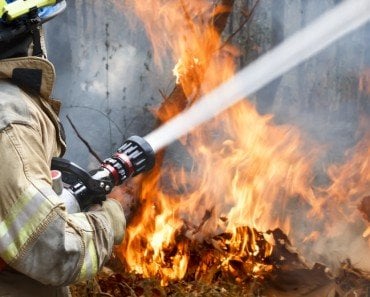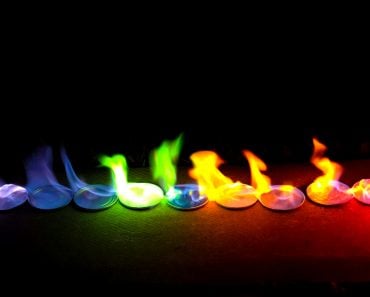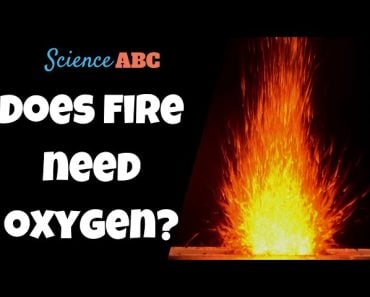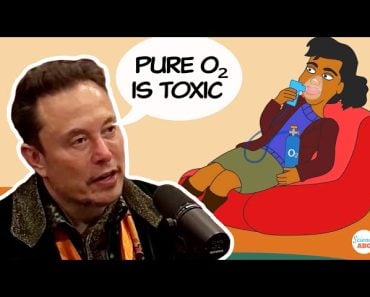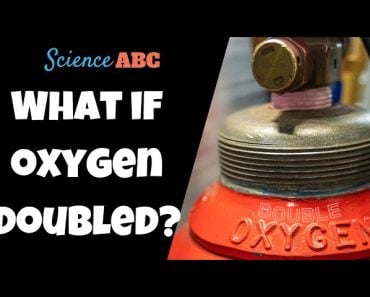Table of Contents (click to expand)
Although oxygen helps things burn, it is not flammable by itself.
One of the first things you learn in any fire safety lesson is that oxygen fuels a fire and keeps it burning. Cut the oxygen supply to the fire, and the fire will go out!
You may have also heard that it’s hazardous to bring an oxygen tank (such as the ones you see attached to portable breathing machines) near an open fire, as it can burst into flames.
While oxygen may help set things on fire, is it flammable? Can oxygen itself catch fire?
Recommended Video for you:
What Makes Something Flammable?
For a material to be flammable, it needs to have something that is readily oxidized by oxygen (the naturally occurring oxidizing agent we have no shortage of in the air around us). For example, ethanol (one of the many flammable hydrocarbons) is flammable because it contains carbon atoms that can be oxidized into carbon dioxide.
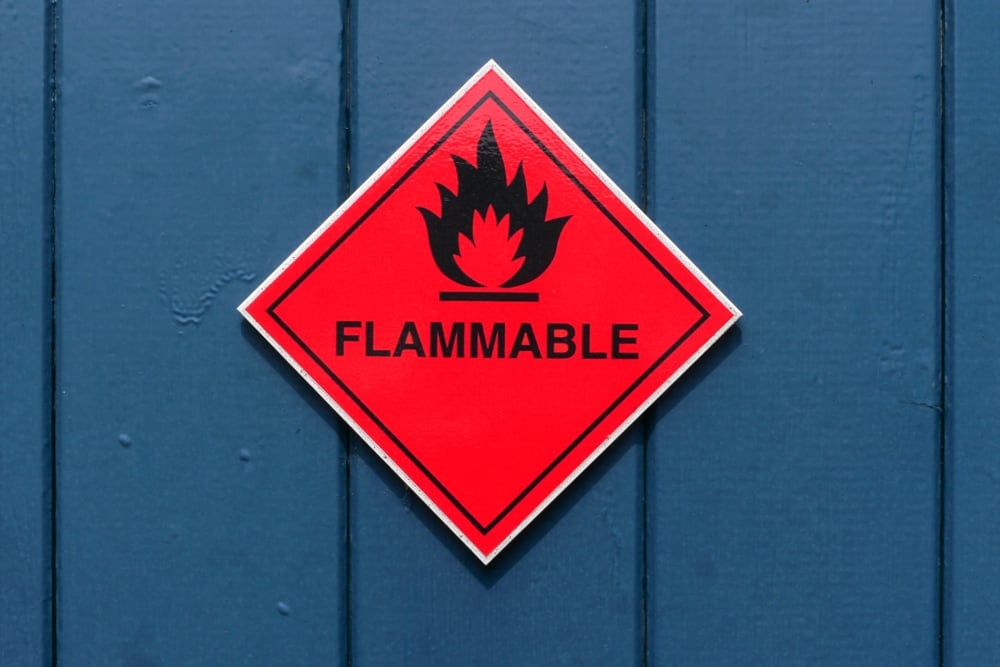
The other major factor that makes something flammable is volatility—the higher the volatility, the more flammable the material in question. Hydrocarbons (ethanol, butane etc.), again, are an excellent example of volatile and flammable substances.
Something that gives up atoms or molecules that love to bond to oxygen will generally be a flammable material.
Is Oxygen Inflammable?
No, oxygen is not inherently flammable. It’s an oxidizing agent, which means that it helps other things burn.
Suppose you build a lab that is perfectly isolated from the outside world, meaning that no impurities or gases can enter it. Then, you fill the lab with pure oxygen. If a spark were to enter the lab somehow, what do you think would happen?
Nothing!
If oxygen were a flammable gas, the spark would set the air in the lab on fire, but since oxygen isn’t flammable, it doesn’t catch on fire by itself.

However, if the lab had even so much as a small piece of paper, it would be set ablaze instantly, as the molecules in the piece of paper would rapidly attach to the ambient oxygen (i.e., an oxidizing agent).
Now, you don’t always need oxygen to light a fire; any oxidizing agent will do. Chlorine, hydrogen peroxide, sulfuric acid and nitric acid are some of the many oxidizing agents that can set things alight under the right conditions.
Since oxygen is the most common naturally occurring oxidizing agent, it’s generally assumed that everything burns only in the presence of oxygen. In other words, people may assume that oxygen is always required for something to burn.
Another common question related to fire and oxygen is—how do stars and our sun keep burning if there’s no oxygen in space?
Why Does The Sun Keep Burning Without Oxygen?
The sun keeps burning because it doesn’t require oxygen to keep its ‘fire’ alive; the burning that goes on at the sun’s surface doesn’t represent chemical combustion, but rather nuclear fusion.

Put simply, nuclear fusion occurs when two or more nuclei join to form a new element with a heavier nucleus. For example, two hydrogen atoms combine to become a bigger, heavier helium atom.
You can read more about nuclear fusion (and nuclear fission) here.
This process doesn’t require oxygen. In fact, it doesn’t require any other material at all. All you need are extremely high amounts of pressure or heat (easily available on the sun’s surface, considering its massive size) to squeeze the hydrogen atoms hard enough to fuse and become helium atoms. This is a self-sustaining process, an attribute that often becomes fodder for sci-fi movie plots.
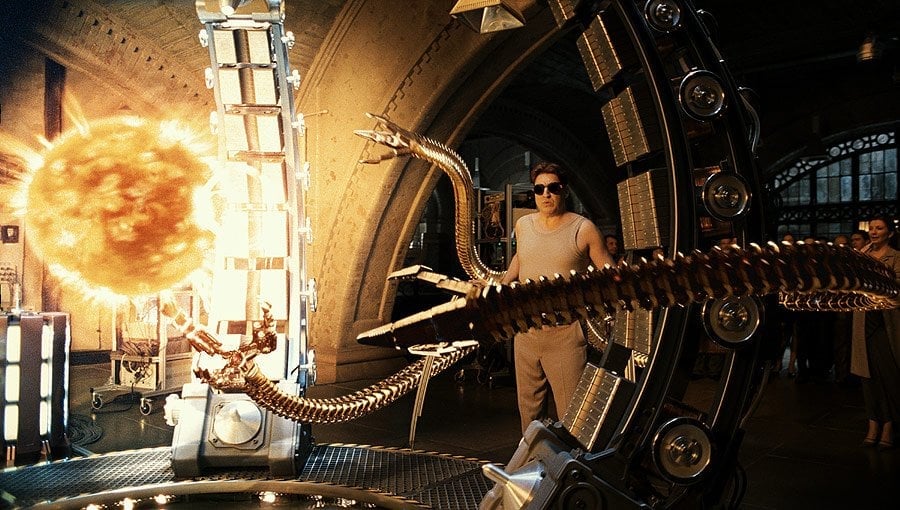
To summarize, oxygen is not flammable by itself, but it can cause other objects to ignite quickly and rapidly (a property that makes oxygen an excellent oxidizing agent) and set things on fire. This is also why, if a fire has an abundant supply of oxygen, it can become massive and sometimes even explosive!





